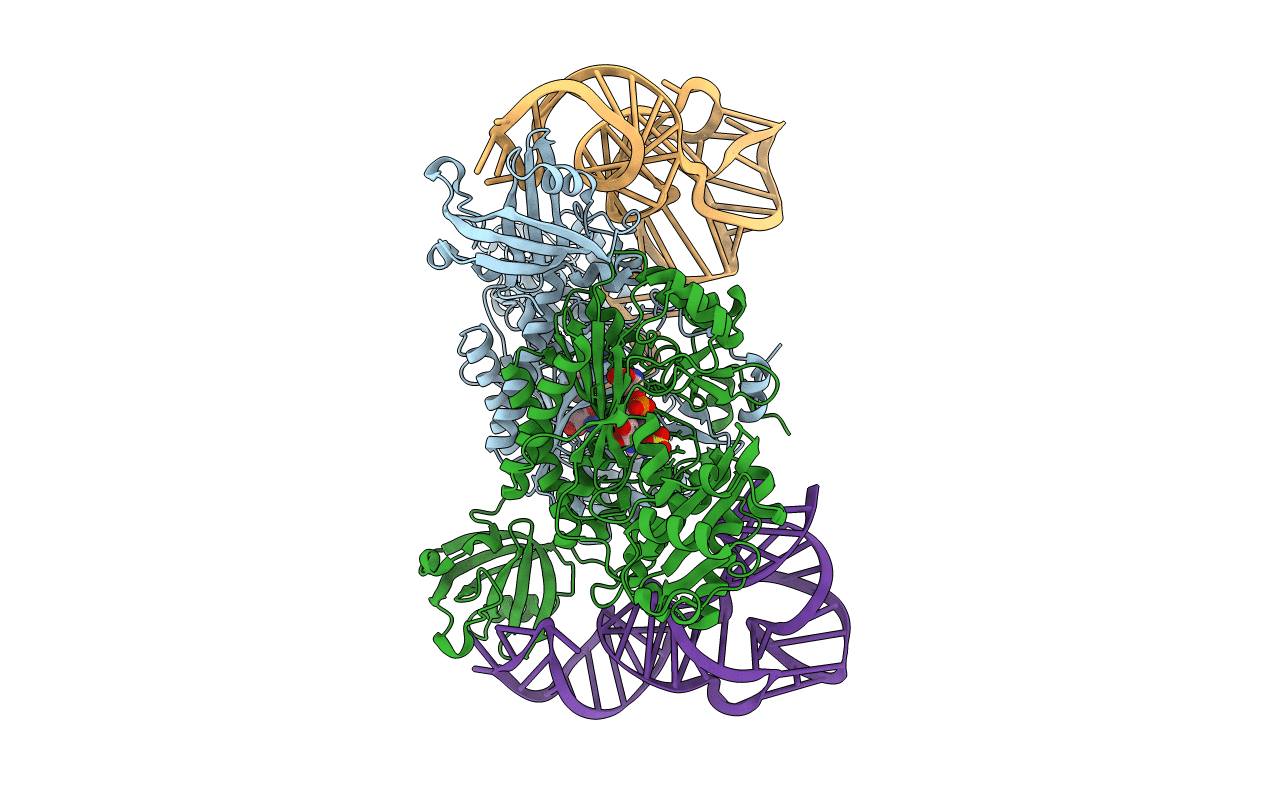
Deposition Date
2001-05-07
Release Date
2001-09-28
Last Version Date
2024-04-03
Entry Detail
PDB ID:
1IL2
Keywords:
Title:
Crystal Structure of the E. coli Aspartyl-tRNA Synthetase:Yeast tRNAasp:aspartyl-Adenylate Complex
Biological Source:
Source Organism:
Escherichia coli (Taxon ID: 562)
Saccharomyces cerevisiae (Taxon ID: 4932)
Saccharomyces cerevisiae (Taxon ID: 4932)
Host Organism:
Method Details:
Experimental Method:
Resolution:
2.60 Å
R-Value Free:
0.25
R-Value Work:
0.20
R-Value Observed:
0.20
Space Group:
P 1 21 1


